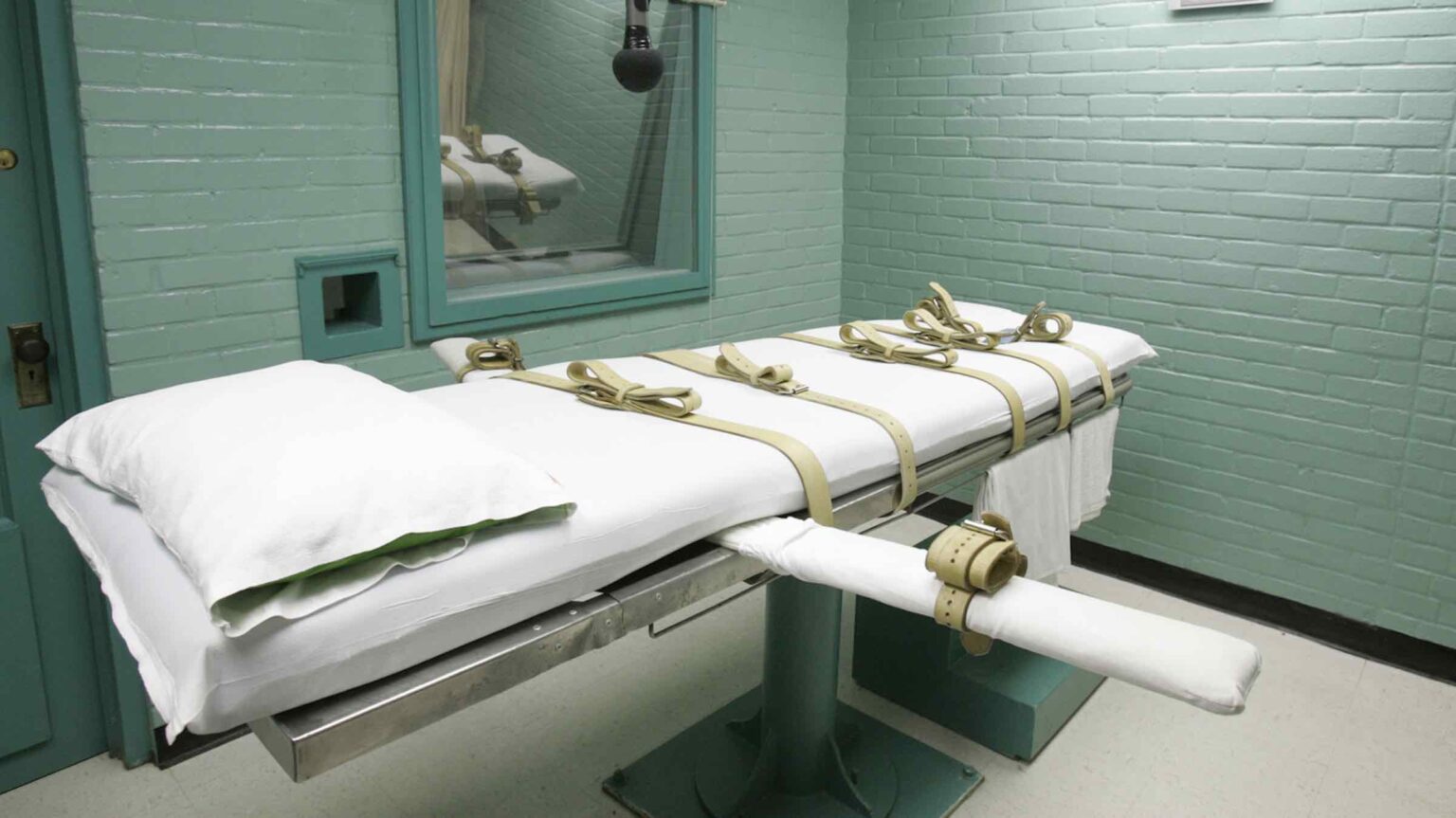
Innocent, but executed? The moral disasters of death row
There’s a reason so many states have given up on the death penalty. While there are some crimes that deserve a punishment worse than life in prison, the risk of killing the wrong man is too great. We’ve learned from plenty of serial killers that it’s easy to frame the wrong person for murder if you know what you’re doing.
Unfortunately, there have been incidents where the wrong person paid the ultimate price for a crime they didn’t commit. Naturally, people innocent or not will stick with a not guilty plea until they take their last breath. But what if their pleas had some truth in them?
There are at least 20 known people executed since 1989 that have ambiguous cases that if reopened, could prove they were not the guilty party. Add in the cases where people have actually been proven innocent since being executed, and it’s not a pretty sight.
What leads to innocent people getting executed?
Let’s look at one of the most famous cases of a man wrongfully executed, Jesse Tafero, as an example. He, his wife Sunny Jacobs, and their driver Walter Rhodes were all involved in the death of a Florida cop and a Canadian constable, but it was Tafero who paid the ultimate price.
Rhodes was the one who actually pulled the trigger and murdered both officials, but all three adults in the car had gun residue on their hands so it couldn’t be proven who exactly killed all three. Rhodes was given a plea deal if he testified the other two did it, so he took it.
Since there is no death penalty in Florida for women, Jacobs was given a life sentence. But Tafero was given the death penalty, against the advisement from the jury, and was placed on death row, being executed in 1990. After his execution, Rhodes admitted to being the one to pull the trigger.

Bad evidence puts the wrong people away
As it’s clear in Tafero’s case, it came down to a case of he said-she said, since all three had put their hands on the gun and had markings of recently firing a gun on their hands. If the evidence doesn’t solidify that one person did it, it’s hard to know for sure who the killer is.
Another famous case of the wrong person being accused is Johnny Frank Garrett. At 28, he was executed for the murder of a nun at a convent across the street from him after being on death row for 10 years. But 12 years after his death, the real murderer, Leoncia Perez Rueda became connected through DNA to the crime scene.
Rueda also bragged about raping and murdering a nun a few months before the murder that actually landed him in jail. But it was 12 years too late to save Garrett’s life. Another innocent man, taken too early.

Clearing a dead man’s name
Just because these people died in vain though doesn’t mean their name should go down with them. While many death row lawyers won’t reopen a case after the victim’s death, so they can try and save someone else who isn’t on death row, some are willing to work on clearing the name of the dead.
George Stinney was killed back in 1944 for the murder of two white girls, both under the age of 13. Keep in mind, we’re talking about a 14-year-old boy who was killed for murder. No one listened to his pleas of innocence, and his appeals for clemency were rejected, so he was executed at 14.

For years, people questioned his “confession” as there was no transcript of his interrogation, and he was found guilty in less than 10 minutes in front of an all-white jury. In 2004, a local to Stinney’s South Carolinian town started researching his case, getting the help of local lawyers.
By 2014, the group had a strong enough case to get Stinney’s conviction overturned, and the circuit court voided his conviction. She cited the arrest, conviction, and execution of anyone within 80 days is inhumane, let alone a 14-year-old child. She also noted the coerced confession was inadmissible.

A fair process
Regardless of your feelings on the death penalty, it’s important that if someone is going to be ordered to death for their crimes, there’s no doubt they’re guilty. Groups like the Equal Justice Initiative and the Death Penalty Information Center try to give death row prisoners a fighting chance if they’re innocent.
There have been too many lives lost by people who were innocent without proper evidence. Death row prisoners stay alive to give them a fair chance to prove their innocence if they are, and they should get every chance they get to stay living men if they’re innocent.
—
If you’re a massive true crime stan, do sign up for our newsletter. We promise only to send you the most relevant news, contests, quizzes, and polls.



